23 August 2023
A Guide's Guide to the Somme: Gommecourt British Cemetery No.2
In our latest Guide’s Guide, CWGF Guide Jeremy Page fills us in on Gommecourt Cemetery No.2 and shares some interesting stories of those commemorated there.
I think you should visit Gommecourt British Cemetery No.2

Image: The Stone of Remembrance amongst the headstones at Gommercourt Cemetery No.2 (Jeremy Page)
Gommecourt British Cemetery No.2 was one of three cemeteries in the Gommecourt/Hebuterne area created in 1917 during the clearance of the former battlefield.
Three other cemeteries were concentrated into Gommecourt No2, expanding the number of burials.
These cemeteries mostly contain the remains of men killed on 1 July 1916 and 12 November 1916, i.e. the infamous Battle of the Somme. There are also casualties from February 1917 and 1918 with more graves added after the Armistice in November 1918.
Today there are 1357 burials and commemorations in Gommecourt British Cemetery No.2, 682 of which are unidentified.
Interestingly, there are special memorials to 33 soldiers known to be buried within Gommecourt but with no known graves.
The cemetery was designed by Sir Reginald Blomfield. Blomfield was one of the Imperial War Graves Commission’s three principal architects and designed many cemeteries and memorials for the Commission, including the Ypres Menin Gate.
What Is a Concentration Cemetery?
Gommecourt Cemetery No.2 is what’s known as a concentration cemetery.
Concentration cemeteries were created after the First World War when the battlefields were being cleared of debris.
There were many isolated cemeteries and war graves scattered around such battlefields, and it was decided to concentrate these small and isolated burials into existing cemeteries or create entirely new ones.
Because a lot of the remains were found years after the end of the fighting, the remains became harder to identify and therefore there is usually a high percentage of unknown soldiers in concentration cemeteries.
Two Brothers at Gommecourt Cemetery No.2
 Image: Henry Edward Bassett
Image: Henry Edward Bassett
Henry Edward and Philip James Bassett were two brothers born in London, five years apart. Henry, the eldest, was born in 1891 with Philip following in 1896. Tragedy tinged their young lives when the Bassett brothers lost their mother, Elizabeth, in 1910.
Henry was the first to enlist on the outbreak of World War One, joining the 9th Queen Victoria’s Rifles, arriving in France in August 1915.
Philip also joined up, reaching France in March 1916.

Image: Philip James Bassett
Intriguingly, the two brothers found themselves in the Gommecourt sector on the first day of the Battle of the Somme.
Having initial successes on 1 July, the battle’s opening day, the 56th Division had to retreat to their original positions by the end of the day, suffering many casualties, including Henry and Philip.
After the War, their remains were found close to each other and were buried side by side in Gommecourt Cemetery No2 where they still lie to this day.

Image: The Barrett brothers rest eternally next to one another in Gommercourt Cemetery No.2 (Jeremy Page)
the CWGF Guides Programme
The Commonwealth War Graves Foundation Guides Programme is our way of giving young history enthusiasts the chance to get out in the field to discover and share the stories of our war dead.
They become the eyes and ears of the Commission and Foundation on the ground at key sites in France and Belgium.
Visit our Guides page to learn more.

